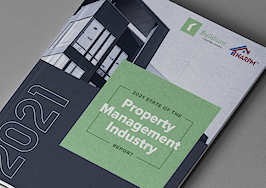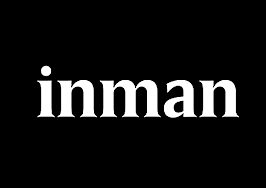It’s hard to judge an economy when it’s shut down. It’s also hard to judge an economy when it has recently reopened, since much of the activity may be short-term, pent-up demand that could not previously be fulfilled.
That’s what we’re seeing in the housing market right now. Not only will this housing boom not last, there may be a reckoning in about a year.
Real estate is up
When the economy first shut down, many were hoping for a V-shaped recovery, but as more time passed, it became clear that was not a likely outcome. One hallmark of this downturn, however, is that the economic effects are not uniform, with geographic and industry-specific micro-recessions and micro-recoveries punctuating a staggered downturn.
Within this context, the housing market has seen a V-shaped recovery. There was the initial plunge, of course, but over the last couple of months, we’ve seen strong consumer demand for new homes.
Housing sales are at a 13-year high, and home prices are up 7.2 percent from last year. Google searches show a 50 percent year-over-year increase in home improvement searches and a 30 percent year-over-year increase in homes for sale searches.
Some of this can be explained by how society is reorganizing itself in the face of a pervasive pandemic. As work-from-home asserts itself as a long-term reality, consumers look toward home improvement to accommodate the new lifestyle. Many people are also fleeing high-density urban areas in favor of the suburbs or rural areas.
Homeowners/renters are vulnerable
According to a recent survey, most renters and homeowners could not pay more than a month’s rent or mortgage payment if they were to lose their job. Part of the government programs protecting consumers was delayed payments, or forbearance, which renters and homeowners will be responsible for paying back in the coming months.
One in every 12 mortgages is now past due, a delinquency rate that has not been seen in years. As of August, 90 percent of renters are paying rent, as opposed to 92.1 percent in August of last year — not a huge drop but still a signal that all is not well for tenants.
Jobless claims rose back above one million this summer. The stimulus package that protected unemployed Americans elapsed, and many were using this added stimulus to pay their rents and mortgages.
While the president has issued an executive order, it’s a reduced payment that some states are unwilling to contribute to. Any signs of weakness from rent and mortgage payers this summer will become more apparent in the coming weeks, as bills continue to be due but the extra stimulus and unemployment benefits are not there to cover.
Simultaneous rise and fall
The demand for new homes is causing strong optimism from homebuilders, as seen by the recent record high in the NAHB/Wells Fargo Housing Market Index. Meanwhile, consumer confidence is down as of August.
While demand for new homes appears strong, many may be under appreciating the financial vulnerability of those residing in existing homes. This appears to be a recipe for continued building while people continue to lose jobs in a volatile marketplace. In other words, there is a simultaneous bullish housing market as well as signs of a bear market in the coming year.
Not 2008, but proceed with caution
Retail in July was positive, but a lot of the economic signs in August point to a rocky road ahead. While there is more demand for housing, there is also a higher risk of losing it.
When you consider all of these factors together, you start to see some similarities to the housing crisis of 2008, most likely not in severity but in structure — that is, a boom cycle followed by a bust.
Another aggressive stimulus could alleviate some of these concerns, but the reality is that there are many to-be-determined economic factors. All the while, the presidential election, which historically has weakened consumer confidence in the months leading up to it, looms large. Housing looks good now, but proceed with some caution heading into 2021.
Andrew Duguay is the chief economist at Prevedere, an industry insights and predictive analytics company, in Boston. Connect with him on LinkedIn or Twitter.








